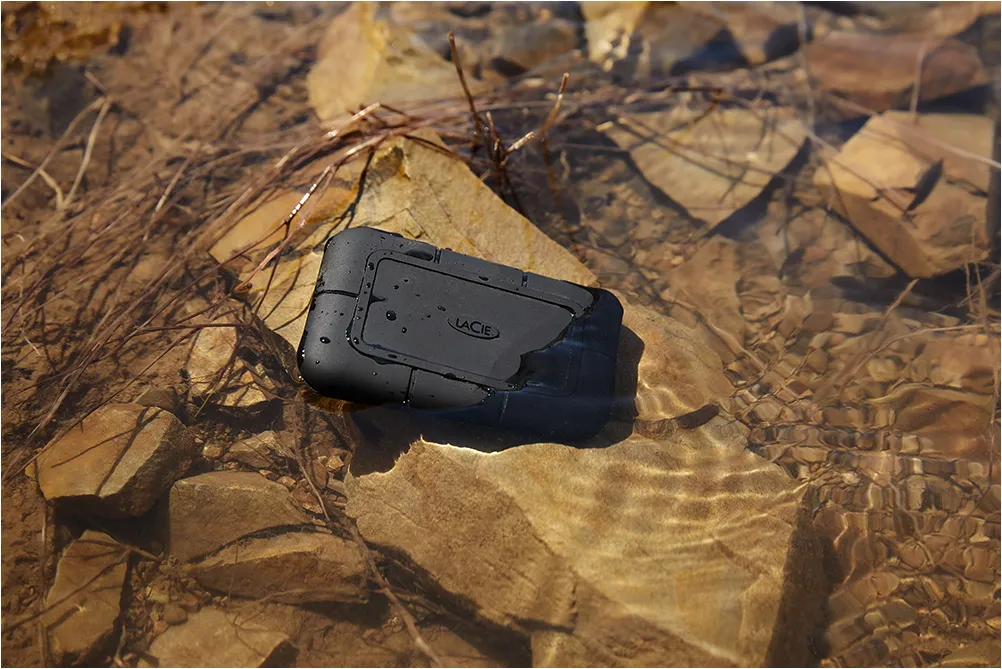
Windows Sandbox, one of my go-to features in Windows, is finally getting some new enhancements that could be described as a more sophisticated airlock. I think of Windows Sandbox much like I do a VPN: while a VPN secures and encrypts your connection, creating a safe tunnel for your data, Windows Sandbox aims to protect your system by isolating it from any potential threats.
Windows Sandbox creates an isolated Windows environment within your existing Windows setup, designed to keep any files or programs contained within it. While virtual machines can run any OS, Sandbox is fine-tuned for Windows, making it an excellent place to test questionable software or visit risky websites without endangering your main system. Personally, I usually set up Sandbox and then install a VPN on top for added security.
However, Sandbox does have a significant “flaw”: it’s designed to erase everything when it shuts down. This is ideal if you’re dealing with potential malware since any attack will be confined to the Sandbox environment. But this also makes it tricky to transfer files you’ve deemed safe from Sandbox to your main OS. Typically, you would save the file in Sandbox’s File Explorer, then retrieve it using the main File Explorer in your actual Windows installation.
The latest Windows 11 Build 27686 in the Insider Canary Channel introduces a couple of handy features: runtime clipboard redirection and the ability to share folders with the host OS at runtime. While Microsoft hasn’t provided all the details, it appears that you can now copy a file from Sandbox, switch to your main OS, and paste it directly, bypassing the need to use File Explorer. Additionally, you should be able to share folders between Sandbox and your main system, making file transfers more convenient, though potentially less secure.
Another significant update is that the Windows Sandbox Client Preview will now be updated via the Microsoft Store, allowing for independent updates separate from the operating system. This is a positive change, as it enables quicker and more frequent updates. Sandbox is also getting early command-line support and audio/video input controls, expanding its capabilities.
One thing Microsoft hasn’t clarified is whether you’ll still need Windows 10 Pro or Windows 11 Pro to use this improved Sandbox version. Previously, Sandbox was one of the few compelling reasons to upgrade to the Pro edition, so it remains to be seen if this will change.
Additionally, Microsoft is testing an increase in the FAT32 file limit from 32GB to 2TB, allowing for much larger disk partitions using the Windows format command. While most Windows partitions use NTFS, the FAT32 format, with roots going back to Windows 98, is still common for external storage. This change will allow newer, larger drives to utilize the older format.
Microsoft also mentioned improvements to battery life in this and future builds, though specifics are scarce. While new features in the Windows Insider Channels aren’t guaranteed to reach mainstream users, these updates could have a meaningful impact on how you use your PC.




